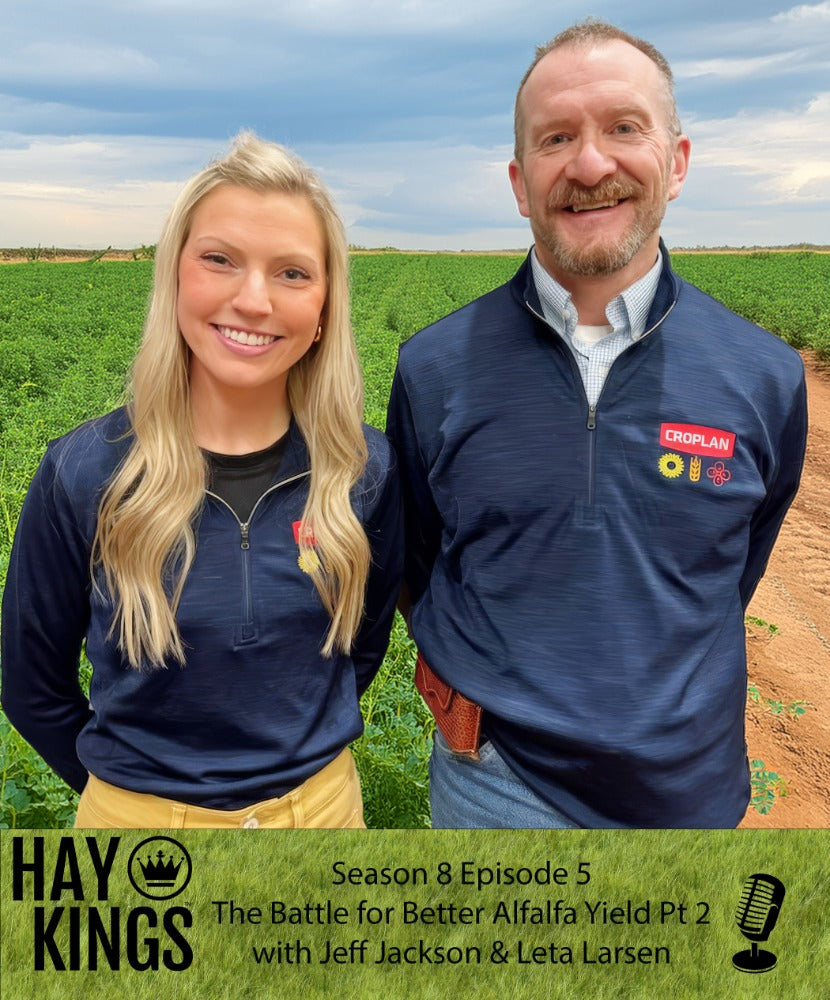News — Alfalfa
Washington Hay Production Decline: Drought, Strong Dollar, and Shifting Markets (2000–2024)
Washington hay production has fallen nearly 25% since the early 2000s, a decline driven by both drought and economics. This chart traces that shift, showing how repeated years of severe drought and a strong U.S. dollar since 2022 have squeezed growers from two sides—reducing yields at home and pricing out key export buyers abroad. As traditional export markets weaken, Washington’s hay industry is steadily pivoting toward higher-value domestic markets, where resilience, efficiency, and quality matter more than sheer tonnage.
The Rise of Traited Alfalfa and Advanced Harvesting Technologies
The agricultural sector is experiencing significant technological advancements that are setting new standards in forage production. Among these developments, the incorporation of yield mapping in harvesting equipment and traited alfalfa varieties like Roundup Ready and HarvXtra are leading a revolution in how forage crops are cultivated, measured, and managed.
Optimizing Hay Nutrition: Strategic Insights for Hay Farmers
10 Points on Hay Nutrition
What hay is best for horses? This top 10 list should inform your hay purchasing decision.
Defining Hay Test Terms
This podcast episode features a discussion between Jon Paul Driver and Dr. Dan Putnam, Professor Emeritus at UC Davis, focusing on fiber digestibility in forage crops, particularly alfalfa. The conversation explores how forage quality is measured, including detailed explanations of NDF (Neutral Detergent Fiber), ADF (Acid Detergent Fiber), and the importance of fiber digestibility in animal nutrition. Dr. Putnam emphasizes that traditional marketing metrics like color and basic feed tests don't fully capture important quality factors like fiber digestibility, and discusses how the industry needs to better value the functionality of fiber for rumen health.


